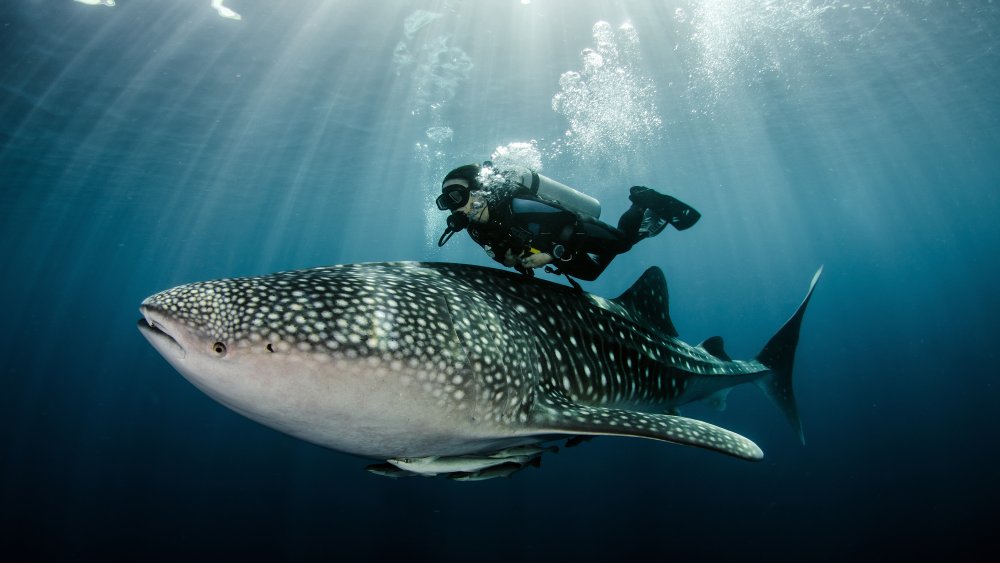Where Do Whale Sharks Live?
If you are wondering where do whale sharks live, you’ve come to the right place. The vast oceanic waters of the western Pacific Ocean contain this mighty predator. They can be found anywhere from Taiwan to Chile and southward as far as South Africa’s Cape of Good Hope. They are known to approach coastal areas and are frequently spotted in more than 100 countries.
Plankton-eating
Whale sharks are not predatory and are completely harmless to humans. They can even be swum with in the water as part of conservation research. They feed on plankton, just like whales do. It is thought that female whale sharks use stored sperm to fertilise their eggs. In 1995, scientists successfully saved fertilised whale shark embryos. These embryos were in different stages of development, but DNA tests revealed that they had the same father.
Whale sharks feed on a variety of planktonic prey, including small crustaceans, schooling fishes, and phytoplankton. These creatures are filter feeders, so they gather plankton from the water by sucking it into their mouth. This method helps them capture larger prey and feed on larger zooplankton aggregations.
Migratory
Whale are found in the waters of the western Pacific and migrate to certain islands for breeding and pupping. While the reason for this migration is unclear, it is believed that the animals are attracted to areas that are safe from predators. One such location is the Ningaloo Reef in Western Australia.
Their range is fairly extensive, covering the oceans around Australia, South Africa, the Maldives, and Southeast Asia. While whale sharks can live in open water, they tend to stay near coastal areas to feed on the food that they find there.
Population size
Although the population size of whale sharks is estimated to be large, this number may be smaller than originally believed. This is because their habitat consists of much more than the surface waters. Most observations of these sharks come from transient feeding aggregations. A pregnant female shark caught off the coast of Taiwan had over 300 embryos in her uterus.
Although rare, large females have been observed in the Galapagos Islands, Gulf of Mexico, and southern Sea of Cortez. In the literature, there are only 19 reports of small juveniles. This suggests that the size at birth can vary considerably.
Habitat
The habitat of whale sharks is still poorly understood, but new satellite tags have shed new light on their movements and subsurface habits. Since whale sharks feed on plankton, they congregate in large groups near the continental shelf waters of Mexico’s Yucatan Peninsula in summer. They also exhibit a variety of movements, from reverse diel vertical migration to prolonged surface time at night.
This phenomenon is likely related to the whale shark’s ability to find dense patches of prey. This skill is similar to that of basking sharks. The primary reason whale sharks shift is to maximize their foraging efficiency, but it’s also possible that they shift in response to environmental, bathymetric, and food availability conditions.
Endangerment
Whale sharks are large, slow-moving fish found in the tropical oceans. They have a lifespan of 100 years and can grow up to 20 meters long. They feed primarily on zooplankton and are an important part of ocean ecosystems. Unfortunately, their population has decreased by 50% in recent years and is listed as threatened by the IUCN.
The main threat to whale sharks is the unregulated fishing of their habitat. These animals are highly valuable on the international market, particularly in East Asian countries, and their habitats are being destroyed due to unsustainable methods. Also, marine tourism interferes with feeding, and propellers on boats can injure whale sharks.
